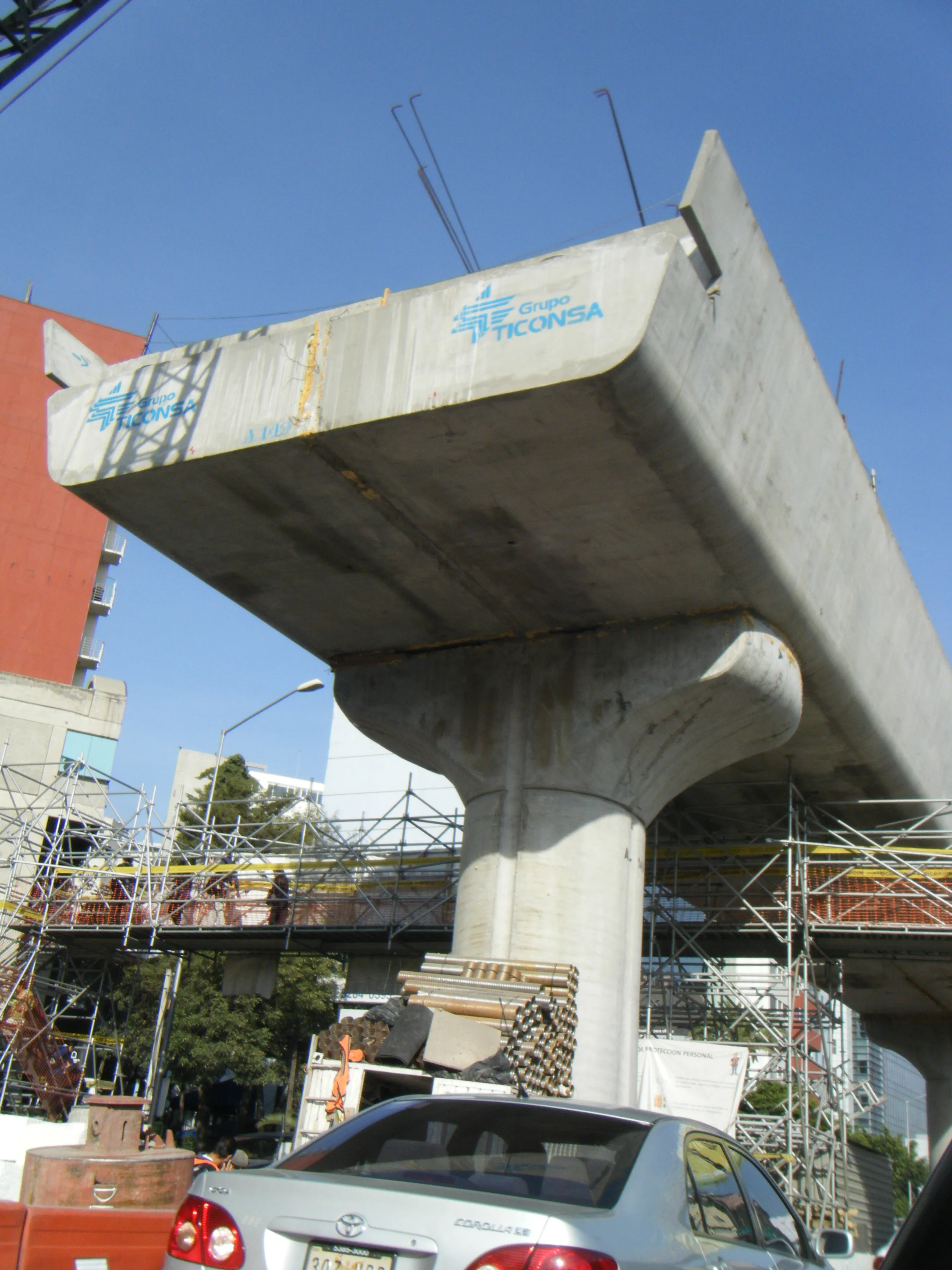Vietnam is taking steps to address its high rate of road crashes, as well as the rate of serious injuries and deaths amongst road users. The rate of crashes in capital Ho Chi Minh City (HCMC) is of particular concern, with the authorities keen to reduce the human toll. So far in 2016, HCMC has seen 2,919 reported road crashes. There were 607 road deaths in HCMC during this period as well as 2,377 serious injuries. This represents an 8.8% increase from the same period in 2015. Poor driving and insufficient e
September 30, 2016
Read time: 1 min
Vietnam is taking steps to address its high rate of road crashes, as well as the rate of serious injuries and deaths amongst road users. The rate of crashes in capital Ho Chi Minh City (HCMC) is of particular concern, with the authorities keen to reduce the human toll. So far in 2016, HCMC has seen 2,919 reported road crashes. There were 607 road deaths in HCMC during this period as well as 2,377 serious injuries. This represents an 8.8% increase from the same period in 2015. Poor driving and insufficient enforcement have been cited as primary issues requiring further attention. Some measures taken in Vietnam are seeing benefits however, with the compulsory use of helmets for motorcyclists and scooter riders now being a requirement.








